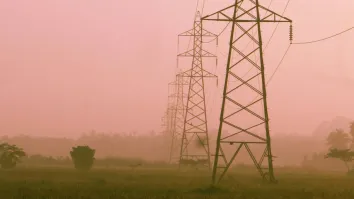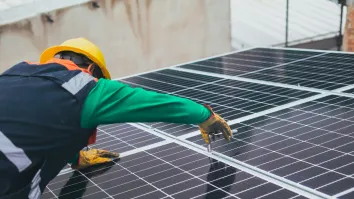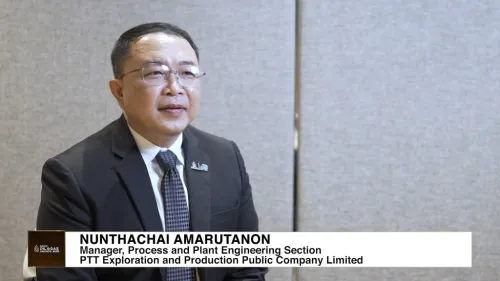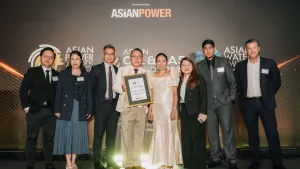
When privatisation calls, should Asia's power utilities listen?
The privatisation trend holds promise in the near to mid-term horizon.
If there was any doubt that Southeast Asia was serious about attracting larger investments to its power sector, one only needs to look at the workarounds governments in the region have been developing to address bankability issues—from Indonesia setting up an infrastructure guarantee fund, to Singapore’s exploration of take-out financing, to the rising trend of privatisation of assets.
Analysts reckon that these efforts, combined with attempts by investors to recalibrate their expectations on project returns, are helping to open up the market for the kind of large-scale investments the region needs to reach its ambitious targets, which includes ramping up electrification and diversifying into renewables.
The privatisation trend, in particular, holds promise in the near to mid-term horizon, according to Sharad Somani, partner, global infrastructure advisory at KPMG, of the privatisation trend. “I think a lot of governments in the region, particularly Indonesia, has recognised that greenfield projects take a long time, and it’s a dampener on the spirit of investment by the private sector,” he said.
“What they are proposing is they are offering a few projects from PLN or the road sector, all the sectors, effectively privatising existing assets which are easy to fund because you know the operational track record is immediately generating funds. And that to my mind will be a great opportunity for all investors and lenders in the next three to five years.”
Somani reckoned that the efforts by Southeast Asian governments to address bankability are far from perfect, but these are helping to drum up interest amongst investors who would otherwise completely write off the region due to red flags such as long project times and relatively high risks.
“I don’t think that’s a complete solution, but it’s a good start,” said Somani of the Indonesian Infrastructure Guarantee Fund. He reckoned that without the initiative, investors would be less comfortable to invest—a challenge that resonates across the Southeast Asian region where “most of the projects don’t have a very well-defined path to development.”



















 Advertise
Advertise








